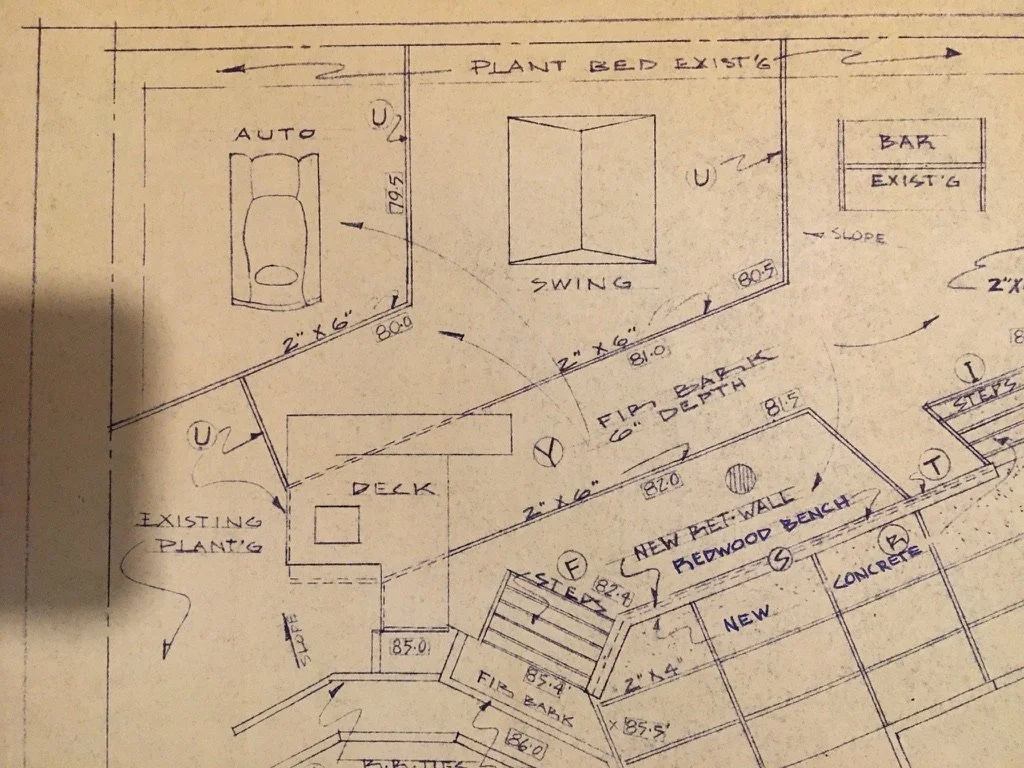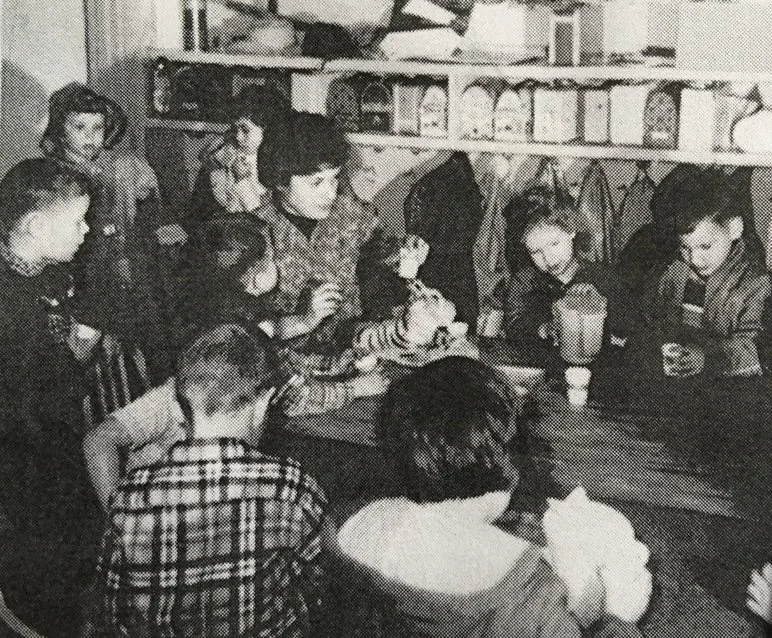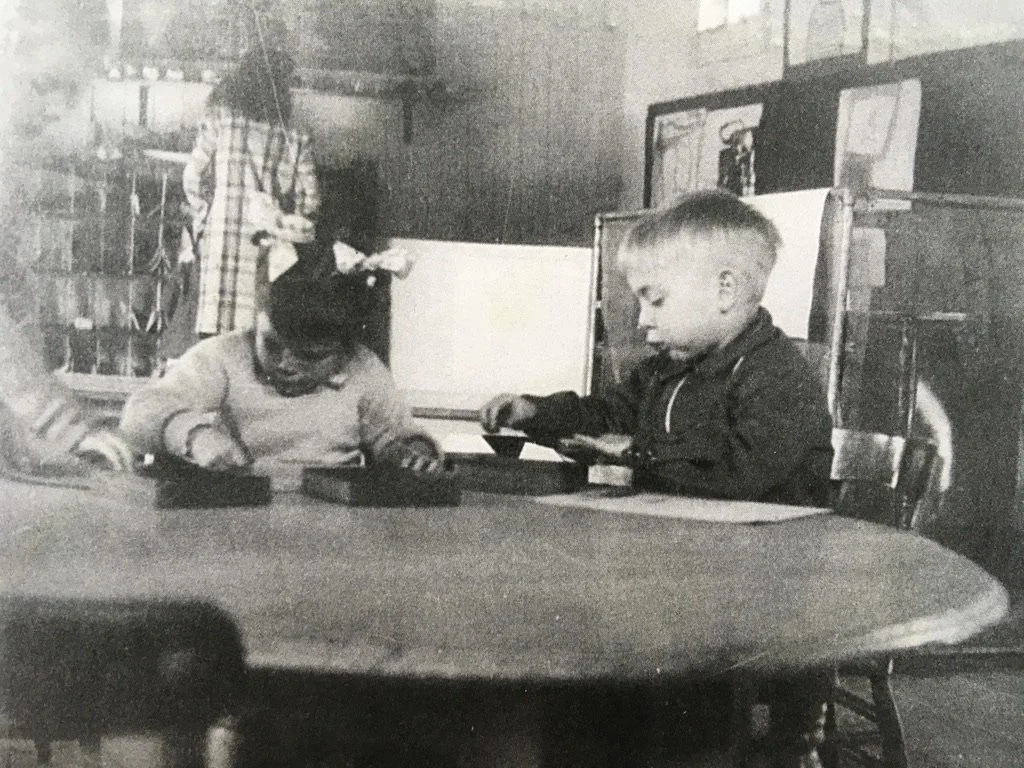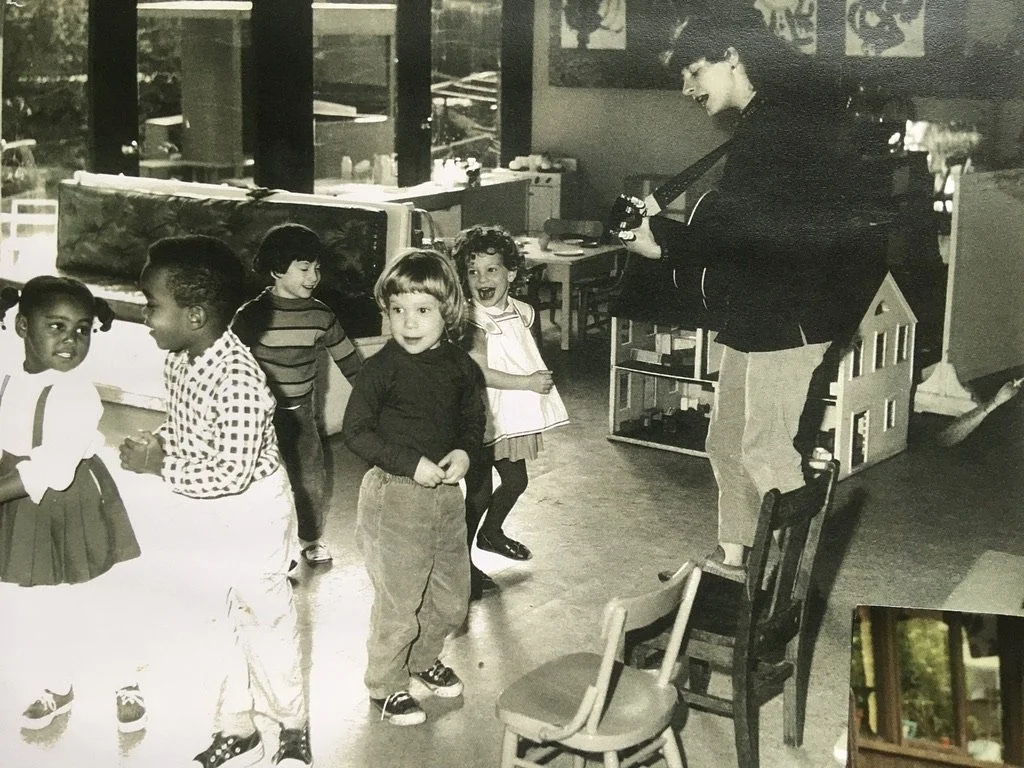About CCC
Why a cooperative preschool?
“I have a thousand friends, but not a single person to feed my cat.”
psychologist Esther Perel on the dissonant experience of intimacy in the age of social media.
CCC’s founders wanted to redress the isolation that comes with parenting in an increasingly individualistic, nuclear-family-centered society. Since then, generations of parents and other family caregivers have found a strong sense of community at CCC. United by our shared commitment to the children and the cooperative work of running the school, we exchange resources, strategies, needs, struggles, and experiences. Perhaps most importantly, we share our time, attention, and care. At CCC, you will always find someone to feed your cat.
Our cooperative structure can be both more demanding and more rewarding than traditional preschool experiences. The impact of caregivers’ active involvement in their children’s early social and educational experiences is invaluable. Equally important are the benefits adults gain from dedicating time to be fully present in community with their child.
Since family caregivers work as additional teachers in the classroom, ongoing education is an essential component of the CCC experience. Family caregivers learn skills for resolving conflicts between children, techniques for engaging children in creative play, positive approaches to setting boundaries, and ways to discuss identity and bias with children. The ongoing education, conversations, and collaboration within the community ensure a supportive, enriching environment for all.
Learn more about co-op requirements and responsibilities here.
CCC History - Since 1927
Children's Community Center was the first cooperative preschool to be founded in California and one of the first of its kind in the US. CCC has been operating continuously, if not always formally, since 1927. Several members of the College Women’s Club of Berkeley who attended a seminar on child development that year started it on an experimental basis. Katherine Whiteside Taylor, considered by many to be the founder of parent education nursery schools, gave initial guidance and inspiration.
The Institute of Child Welfare at the University of California assisted the group by providing both advice and funds, because they were eager to promote nursery education and to have its students observe a cooperative at work. Funds from the Scripps and Rockefeller Foundations paid salaries for a trained supervisor and other help for the first year. Later, the Institute paid the school for use of its facilities for observation and experiments.
A home for the Center was found at 1140 Walnut Street, where Miss Fannie McLean generously offered to rent the house, barn, and spacious yard for a nominal fee. The Institute continued to use the school for experimental purposes, and the mothers used the money obtained to provide partial scholarships to many children who would not otherwise have been able to attend. By the end of 1936, however, no more outside assistance was available.
Less than a year later, two interested mothers who had been in the group prevailed upon the Works Progress Administration (WPA) to re-open the school. The WPA paid the teachers’ salaries and gave a small amount toward maintenance and supplies. As many as 80 children were enrolled, and about seven supervisors were provided. During this period, the school was not a cooperative, except for the regular parent education meeting held under the general supervision of the Berkeley Board of Education.
After the WPA: Incorporating in 1941
In 1941, when WPA funds were no longer available, the mothers decided to incorporate as the cooperative nursery school. The present articles of incorporation were drawn up, the Executive Board established, and the procedures, rights, and duties of members were set forth.
Upon the death of Miss McLean in 1951, the school was able to purchase the property at 1140 Walnut Street from her estate at a very reasonable price. Money to acquire the property was obtained from fundraising events sponsored by the members and from private donations.
About a year later, the building was condemned by the Fire Department as unsuitable for a school. However, an extension of five years was granted with the understanding that there could be no alterations or improvements to the property.

New school building
During those five years, members launched wholeheartedly into a fundraising campaign to obtain the necessary funds to build a new school. Alumni, members, the community, grants, and foundations were all tapped. When the final evacuation of the old building occurred before the complete monies were collected, the school moved into the nursery center of Garfield School, then to the Berkeley Covenant Church at Hopkins and Carlotta, and to Totland Playground at Virginia and McGee Streets.
In the meantime, plans were drawn up for the new building by an architect/father and construction was begun in the fall of 1958. By the following January, the building was completed. Enrollment was increased, another teacher was employed, and CCC began its 32nd year of cooperative nursery school education in a building designed specifically to provide a well-planned and happy atmosphere for active and creative play, and to comply with regulations of the State Fire Marshall and the State Department of Social Welfare.
In the school year 1991-92, the school buildings were retrofitted for seismic safety almost entirely by parent labor.
In 2027 CCC will celebrate a century of helping children and parents grow community together.
It’s the Cameraderie
CCC features in the Dorothy Hewes book ‘It’s the Cameraderie’. A History of Parent Cooperative Preschools’ published by the Center for Cooperatives, University of California, 1998 (ISBN: 1885641230). Here are excerpts from chapter 2: “formative decades of cooperative nursery schools” wherein Hewes describes CCC and an offshoot school:
[1] As the oldest continuously operating cooperative nursery school in the United States, the formation of Children’s Community in 1927 has been described in books and other writings of Katharine Whiteside Taylor. While these mothers wanted to provide for the social development of their children and to get some free time for themselves, Taylor explained, they ‘wanted to recapture in our modern tines some of the value that we thought had been in the villages in earlier days… and we did it… We became very close, twenty families in that first group. It was a push toward communal living, really.
[2] Helen Pennock came from the Ruggles Institute in Cambridge to supervise Children’s Community. Half of her $200 monthly salary was paid by the University’s Institute of Child Welfare and the Scripps Foundation, with the understanding that students could observe and do research at the school. Taylor received $75 a month as Parent-Director for the first year and then replaced Pennock as director the following year. Parents rented and remodeled an abandoned farm house and barn. Extensive records were kept on each child’s appetite, social adjustment, elimination, and other aspects of group life in the nursery school. The goal was to create an environment in which the children would progress in an orderly rate, according to an inner timetable, unless they became handicapped by unresolved inner conflicts. The emphasis was on acceptance of emotional expression with a constructive channeling of energy. The parent handbook included instructions to ‘help the child to a higher level of achievement in an activity he has originated’ and to ‘insure success from the child’s point of view’.
[3] The California Council of Parent Participation Nursery Schools convention theme for 1977 was ‘Parents and Children Working Together: 50 Years of Co-op in California’ in recognition of Children’s Community, which had ‘weathered many changes, obstacles, and controversies over the years, but somehow managed to survive, expanding and contracting, as the needs of the community change’. This longevity can be attributed to the flexibility and hard work of the parents and staff. The school accepted WPA sponsorship during the depression, conducted a successful fund-raising to build a new school when the fire marshal condemned the old one, and constructed a child-oriented outdoor environment from scavenged materials. They wrote a proposal in 1966 to integrate more ethnic minority families and to actively explore interpersonal relationships. They scheduled extended hours in 1967 to accommodate working mothers. Parents were willing and able to fight for their beliefs and felt reinforced if they shared expertise with other co-ops. For example, after Governor Brown instituted an economy measure in 1975 that closed down the California inspection and licensing system, Children’s Community was one of the petitioners in the class action lawsuit that reinstituted the earlier requirements. When there was a question about state taxes on property owned by non-profit schools, their pro bono attorney got a ‘landmark decision’ and director Elsie Gee wrote a brochure that became a model for other California schools.
Rose Weilerstein, director of a co-op that grew out of CCC called Berkeley Hills Nursery School, shared this reflection:
Rose Weilerstein, the former public health nurse who was assistant director and director of Berkeley Hills for 22 years, encapsulated the spirit of parent participation preschools when she reported responses from these former members and said that children ‘feel that they and their school are important when their parents devote time and interest to the nursery school. Parents form new friendships and mixing with those who have similar interests leads to future parent-teacher cooperation in elementary and secondary schools. Life-long social relationships are often begun in the cooperative nursery school’ (Weilerstein, 1985).
We welcome any additional information (memories, photos, etc.)regarding the history of the school. If you are an alumnus, or if you can provide some insight to the past, please contact us!






